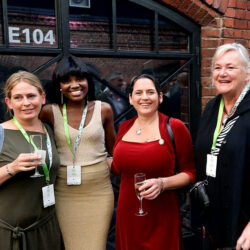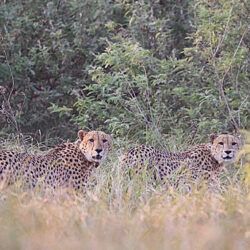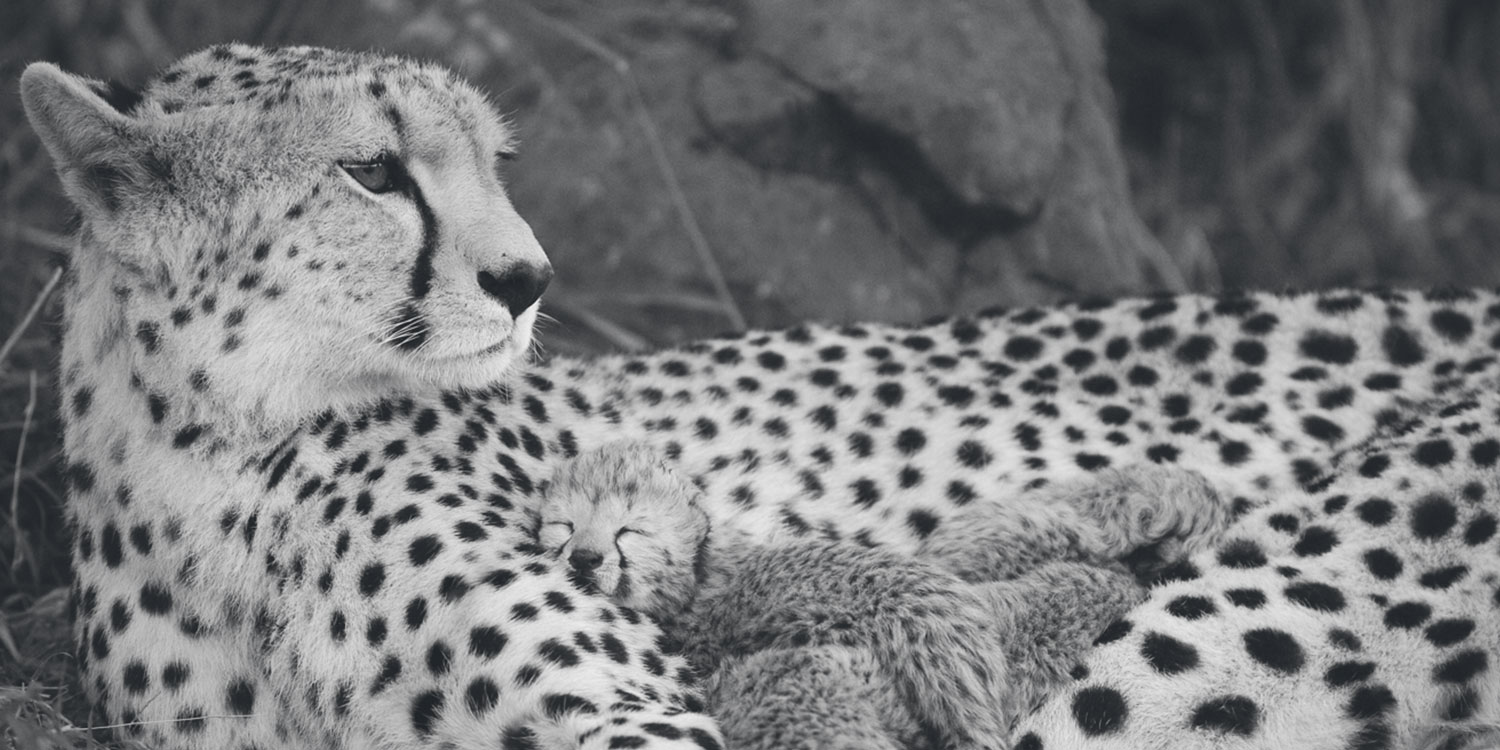Remembering Dr. David Wildt
-
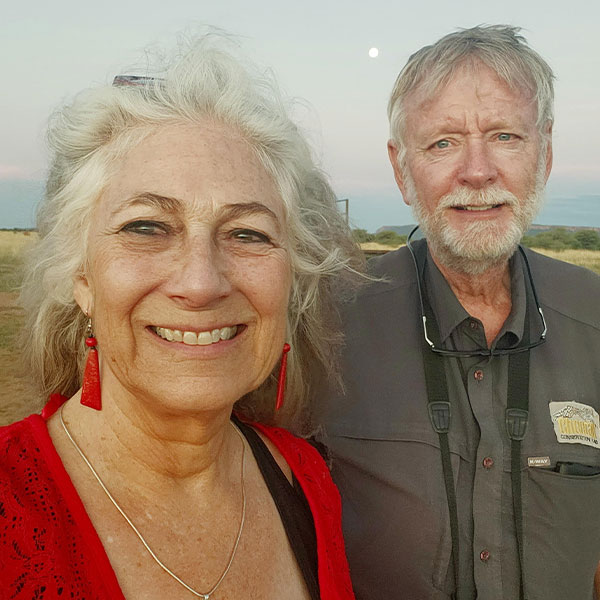
- by Dr. Laurie Marker March 31, 2020

On the 15th of January, one of my mentors and long-time friends, fellow conservationist, and pioneering reproductive physiologist, Dr. David Wildt passed away. I followed his health problems for months, sending support and love. It was difficult for me to process the loss of one of my dearest friends. For the next month or so I was on the road, to Somaliland, Ethiopia, UAE and India and I was ecstatic about the news that went round the world that the first successful litter of cheetah cubs was born using in vitro fertilization (IVF), through the diligent work of David’s team of research scientists, led by Dr. Adrienne Crosier, Cheetah Curator at the Smithsonian Institution’s National Zoo and CCF’s past Post Doc, and the team at the Columbus Zoo led by CCF Trustee Suzi Rapp. This was one of the culminations of David’s 45 years of reproduction physiology research, the majority of his life’s work, which had finally been accomplished a little more than a month after he passed away. I didn’t know what to say – I was thrilled at this success but completely devastated that he wasn’t here, with us, to see it.
I first met David in 1982 when he came to the Wildlife Safari (WS) in Oregon, where I was the Curator of Cheetahs. I was very fortunate to have the opportunity to work with him and his other collaborative team members, Dr. Stephen O’Brien, Geneticist from the National Cancer Institute, Head Veterinarian from the National Zoo Dr. Mitch Bush, and our WS veterinarian, Dr. Melody Roelke on our cheetahs at the WS. Our collaborative research was groundbreaking in discovering the lack of genetic diversity in cheetah. David was the lead in reproductive science for the cheetah.

David was focused on learning about the basic reproductive biology of many of our worlds endangered species, including the Giant Panda, ferret, tiger and cheetah to name a few and at adapting reproductive techniques like artificial insemination and embryo transfer for endangered species. His work led to the creation of the New Opportunities in Animal Health Sciences Center (NOAHS) in 1988. I was honored to serve as the Executive Director at NOAHS from 1988 – 1991 before coming to Namibia. At NOAHS, we worked toward fostering interdisciplinary collaboration among the National Zoo, the National Institutes of Health, and the National Cancer Institute. Our mission was to promote the health, genetic diversity, and reproduction of endangered species working with field biologist to help save species around the world.
His legacy includes the amazing scientists that trained under him, and who are now leading the way in artificial reproductive techniques for many of our worlds endangered species.
David and I would talk for hours on cheetah issues. He was one of CCF’s first Scientific Advisors, yet he loved to talk about farming and agricultural at length as well and understood the issues with trying to save a predator and working with farmers. Both he and I came from Michigan farming backgrounds being Future Farmers of America and 4-H members in our youth. He loved to drive Bruce’s tractors when he visited us in Namibia.
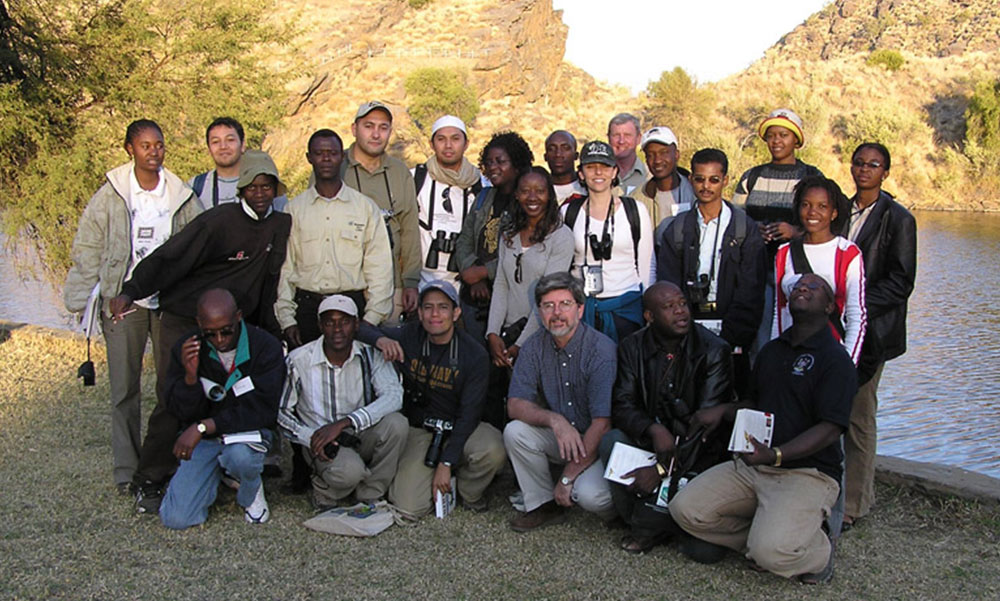
He loved Africa. His first trip was in 1981 to South Africa where he collected sperm from cheetahs at the Dewildt Cheetah Breeding Centre and discovered 70+ abnormal sperm leading to the discovery of the lack of genetic diversity in cheetah. When I told him, I was moving to Africa to set up CCF, he encouraged me, gave scientific support and visited me regularly to follow our progress, working with farmers and providing training our local veterinarians, and helping with developing our international conservation biology training programs.
His first visit to CCF was in 1994 with the Cheetah SSP research team (see 1st photo). Working together with the Cheetah Species Survival Plan (SSP) research team, we appraised some of the Namibian cheetahs which were being held in captive facilities. With David’s guidance, we developed our Genome Resource Bank (GRB) where we began banking blood, tissues, and sperm from wild caught cheetahs. He trained me in sperm cryopreservation which has continued since that first trip to Namibia.
In addition to David’s scientific support to CCF, he helped organize the 1st International Cheetah Meeting in Namibia in 1996, the Cheetah Population and Habitat Viability Analysis (PHVA) workshop. Opened by the Founding President of Namibia, HE Dr. Sam Nujoma, and attended by farmers and international biologist from the Cat Specialist Group and the Conservation Breeding Specialist Group of the IUCN. The next couple of years, David along with his amazing wife, Dr. Suzi Ellis, at that time with the IUCN Conservation Breeding Specialist Group (CBSG) who lead CCF in their Vision Search, helped guide our newly formed board in Vision Search workshops to help plan CCF’s operational and scientific future. With David’s support, we have kept on this path for all these years.
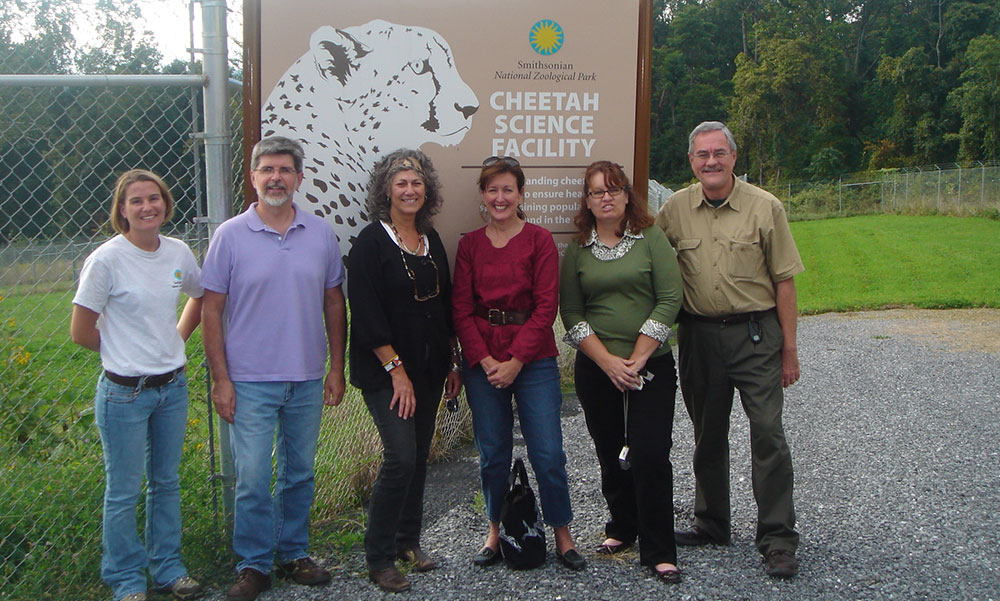
Everyone who knew David will miss him. His big vision, his care for wildlife, science, wildlands and people all helped develop the science of conservation biology that we practice today. He was a visionary and a mentor and cared for CCF, the cheetahs, me and all his amazing other students of conservation science. Now going full circle, he also developed the Conservation Centers for Species Survival (C2S2) program in the US, bringing together zoos and breeding centers with private ranchers, with the idea that many of our zoo animals, which have been carefully bred to manage their gene pools, could learn how to live in the wild. We need to keep making a place in the wild for cheetahs and other species to be set free. We will miss you David, but your legacy will continue at CCF.
Related Reading
-
February 19, 2024
The Addis Ababa Declaration for Global Cheetah Conservation -
June 2, 2023
Project Cheetah Update


